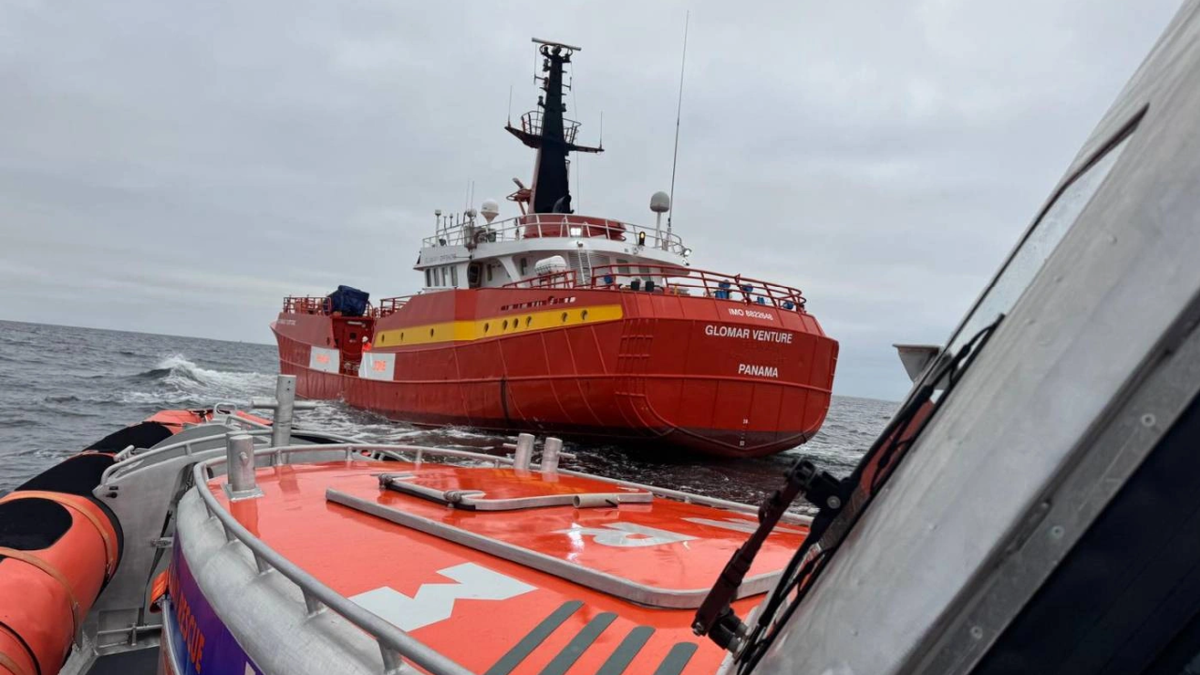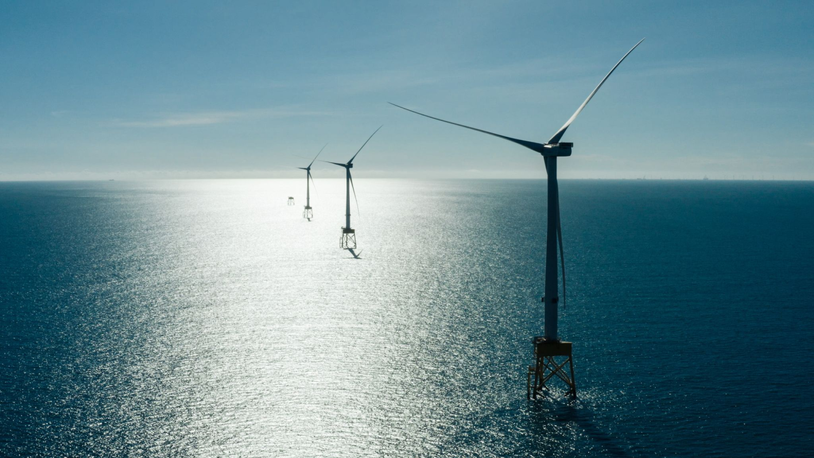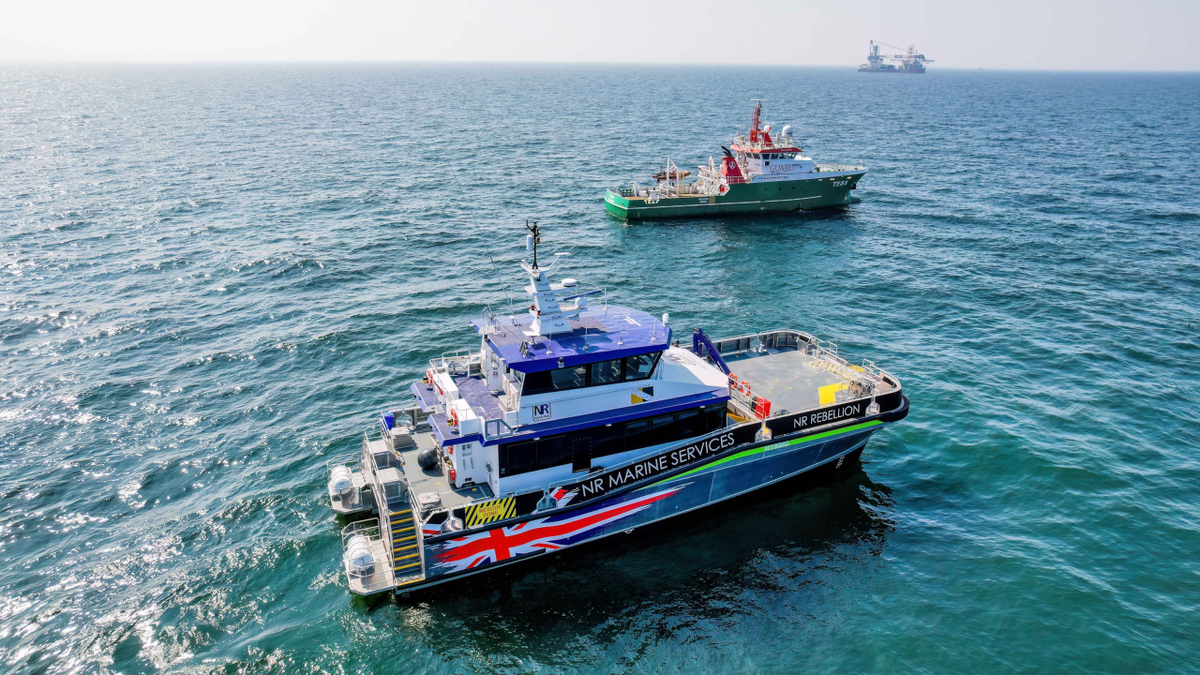Business Sectors
Events
Contents
Winner’s curse or the new normal?
On 8 February 2021, the results were announced of the UK’s Round 4 offshore wind seabed auctions. The results are seismic and will have wide-reaching implications for the offshore wind industry both in the UK and globally
Almost 8 GW of potential offshore wind projects were awarded by the Crown Estate to four bidders or consortia: bp and EnBW won 3 GW in the Irish Sea (two sites each of 1.5 GW); RWE won 3 GW in Dogger Bank (two sites of 1.5 GW); Total and GIG won 1.5 GW in the eastern region; and Cobra Instalaciones y Servicios and Flotation Energy won 480 MW in the Irish Sea.
The clearing prices ranged from £76,203 (US$105,022) per megawatt year (MW/year) up to more than twice that at £154,000 MW/year for sites ranging from 480 MW to 1.5 GW. The Crown Estate will be collecting annual revenues of around £880M until the sites reach FID or for a maximum of 10 years.
The winners are all new entrants to UK offshore wind apart from RWE and GIG. Many of the biggest names in offshore wind have not obtained any seabed leases in this round – including Ørsted, Iberdrola/Scottish Power, Equinor, SSE, Vattenfall, Ocean Winds (EDPR/ENGIE), EDF and Shell.
Industry reaction has been varied. The winners have all issued positive statements, some including details about how they plan to maintain reasonable return levels despite the high prices. bp said it will protect returns by cutting the time it normally takes to get consent, grid connection and a contract for difference (CfD) to FID.
The response from incumbents has been more measured. RenewableUK, the trade body representing wind developers and generators, cautioned that the high prices showed there was too little supply (8 GW was awarded compared to the 32 GW awarded in R3 in 2010) and that costs for developers and consumers would rise.
This article kicks off a discussion about whether these prices represent the new valuations for offshore wind projects based on new business models, whether they show strategic value, or whether they show bidders overpaying to secure market share in a global industry crucial to reaching net zero.
The prices paid are eye-watering. For a single lease of 1.5 GW this translates into an option fee payment of around £114M for the lowest price up to £231M per year. It is possible that the developer will have to pay this option fee for up to 10 years which would mean a total option fee payment of £1.1-2.3Bn, excluding inflation. This is a phenomenal sum of money for an offshore wind developer to pay upfront up to a decade before there is actually a project generating any electricity or revenue.
These endeavours are already high capex infrastructure projects and developers face a lot of uncertainty and risk. The high prices imply a near doubling of the upfront cash requirement, which is typically £2-3Bn for a large offshore wind project. This is a significant financing requirement whether on or off-balance sheet.
The last time the Crown Estate allocated seabed to offshore wind developers (Round 3, in 2010) there was no option fee payment, just a rental payment agreed upfront and due once the windfarm was operational and generating revenue.
In the US – which has held seabed lease auctions for offshore wind for several years – the latest clearing price in Massachusetts in 2018 was US$135M per site (around £7,000-10,000 MW/year) based on our analysis. In other words, the UK auctions have cleared at a maximum price that is in round numbers 15-20 times higher than in the US. Clearly, the UK offshore wind market is far more established in terms of regulation and supply chain, but many in the industry will be asking themselves whether these high prices are sustainable and what business or revenue models must have been assumed to support them.
If they are not sustainable, they risk undermining the long-term prospects of the booming offshore wind sector, and the UK’s transition to a net-zero energy system. Moreover, other countries looking to introduce their own processes for allocating seabed for offshore wind will be pondering how to interpret these numbers.
The very high prices are clearly a result of high demand chasing after limited supply. In particular, traditional oil and gas companies are clamouring to invest in offshore wind as a way of diversifying their business and transforming themselves into broader energy companies as the world pivots away from fossil fuels and towards a net-zero model. There may also be an element of strategic value, acquiring market share and securing infrastructure in what is a rapidly growing global sector is likely to be high.
However, the high prices will also pose a challenge to the winners. Will they be able to build these offshore windfarms and make a reasonable return on them once they start generating in the 2030s? Or is what we’ve seen an instance of winner’s curse?
The problem of winner’s curse has been well-known in economics and auction theory since the 1970s when researchers analysed bidding for oil drilling rights in the Gulf of Mexico. They found that the winners were systematically those who were willing to make high, often unrealistically high, assumptions about the oil yield at these sites, or about future oil prices. As a result, the winners suffered below par returns for many years until more sophisticated auction bidding strategies and auction formats were developed. In short, the winner’s curse arises from value uncertainty and difficulties in predicting future revenues associated with an asset.
The auction format in this case also made it harder for bidders to benefit from price discovery and thus adjust their bids according to market information. The Crown Estate ran this as a sequence of daily sealed bids, first price auctions where the winner pays the price they bid. This has the benefit of maximising revenue but may not be optimal if you want to ensure efficient and welfare maximising allocations.
The US seabed lease auctions by contrast are more dynamic, with an ascending price that bidders can respond to in shorter bidding cycles and a second price format: that is, the winner pays the price of the first loser (like an eBay auction). If that format had been adopted here the winner could have saved around £77,000 MW/year (or £230M per year).
If it turns out the winners have overpaid for the seabed leases and they struggle to raise finance or to make a good return on their investments, this will undermine the offshore wind industry and the attempt to reach 40 GW by 2030 (and potentially 75 GW by 2050).
The industry will need to take some time to digest the results and to analyse what they mean for future strategies, business models and return expectations. One potential consequence could be that when the winners come to bid in a CfD auction in the future, they will need to factor in this additional substantial cost item in their financial models – and therefore bid a higher CfD price than they would otherwise. Ultimately it is electricity consumers who will foot the bill for any CfD subsidies.
Of course it is also possible that there will not be a CfD regime any more by the late 2020s when these projects reach FID, and that the winners have in fact built their business cases and valuation models on the basis of new revenues from hydrogen production, battery storage attached to the windfarm or similar models that are currently being developed.
One thing is certain, this is a paradigm shift and will have major strategic implications for all the companies currently pursuing offshore wind as well as those considering entering this exciting and dynamic sector.
*Alon Carmel (pictured), Carl Gustav Gordon and Quentin Potts work for FTI Consulting
Related to this Story
Events
Maritime Environmental Protection Webinar Week
Cyber & Vessel Security Webinar Week
The illusion of safety: what we're getting wrong about crews, tech, and fatigue
Responsible Ship Recycling Forum 2025
© 2024 Riviera Maritime Media Ltd.













